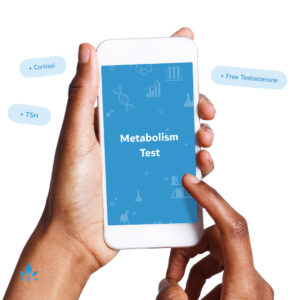How Scoliosis is Treated


Scoliosis is a medical condition most commonly diagnosed in adolescence that causes a young person’s spine to become curved. While many people may have a slight curve to their spines, curves greater than 25-50 degrees often require medical intervention.
Patients are initially diagnosed with scoliosis through a physical and imaging examination.
Determining the best treatment course typically depends upon the severity of scoliosis. For example, if a curve is less than 20 degrees or a person is already grown when a doctor diagnoses scoliosis, a doctor may recommend return check-ups every six months to ensure the curve does not worsen, according to the American Academy of Orthopaedic Surgeons (AAOS). Adults typically need only to go once every five years, according to the American Association of Neurological Surgeons (AANS).
For curves larger than 20 degrees, physicians typically consider two factors: how curved the spine is and the age of the child. Spinal curves do not typically correct themselves. Instead, the younger the child, the greater the likelihood that the curve will worsen. For example, if a child is diagnosed with a scoliosis curvature of 35 degrees or greater at age 10 or younger, the curve will typically worsen without intervention, according to the AAOS.
If a spinal curve increases by more than five degrees and is between 20 and 45 degrees, a doctor may recommend bracing. A brace can prevent the curve from progressing but must be worn nearly 23 hours every day to be effective. A number of scoliosis braces exist, including:
Boston Brace or the Thoraco-Lumbo-Sacral-Orthosis Brace—This brace is custom-molded from plastic and fits under a child’s arms, making it less noticeable.
Charleston Bending Brace—The Charleston brace is intended to wear only at nighttime. However, the brace applies significant pressure while the user is wearing it. This brace type is appropriate for those with a spinal curve between 20-40 degrees that are below the shoulder blade.
Milwaukee Brace or the Cervico-Thoraco-Lumbo-Sacral-Orthosis—This brace is a modification of the Boston brace that also includes a neck ring with a long, vertical bar down the front.
Braces are typically worn until a child has ceased growing.
Scoliosis surgery is used only on the most severe curvatures that are greater than 40 degrees, according to the AANS. The spine must also show signs of progressively curving. Depending upon the location and severity of the curve, a surgeon can choose to use an anterior or posterior approach. The anterior approach is through the front of the body while the posterior approach is through the back. Surgery can involve fusing together several segments of the spine to keep the backbone straight.
If left untreated, scoliosis can affect a young person’s quality of life. Patients with scoliosis experience back pain, concerns about their cosmetic appearance, and breathing can be affected. For this reason, seeking care early and discussing the best options can help.
Sources:
- American Academy of Orthopedic Surgeons
- Treatment Options for Scoliosis.
American Association of Neurological Surgeons - Scoliosis.
KidsHealth - Scoliosis.
National Institute of Arthritis and Musculoskeletal and Skin Diseases - Questions and Answers About Scoliosis in Children and Adolescents.
Spine-Health - Types of Scoliosis Braces.
Powered by Bundoo®












































